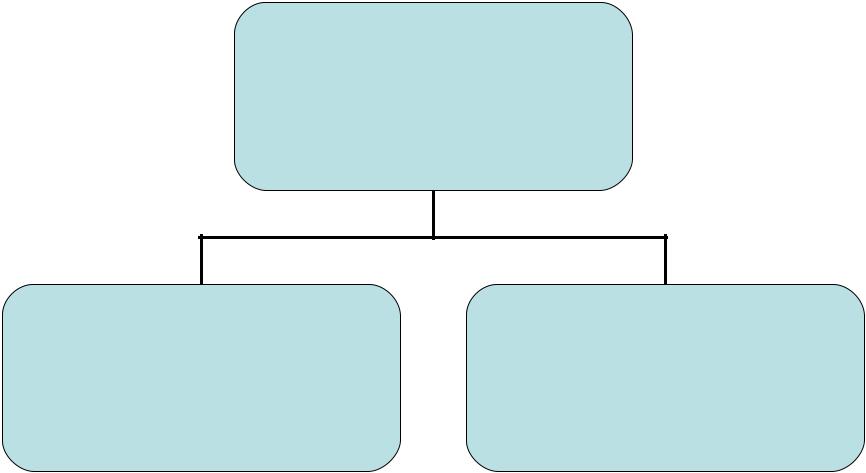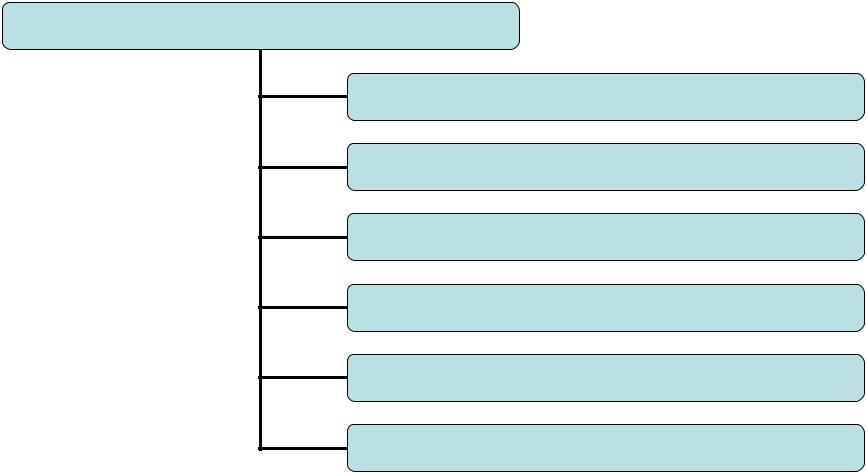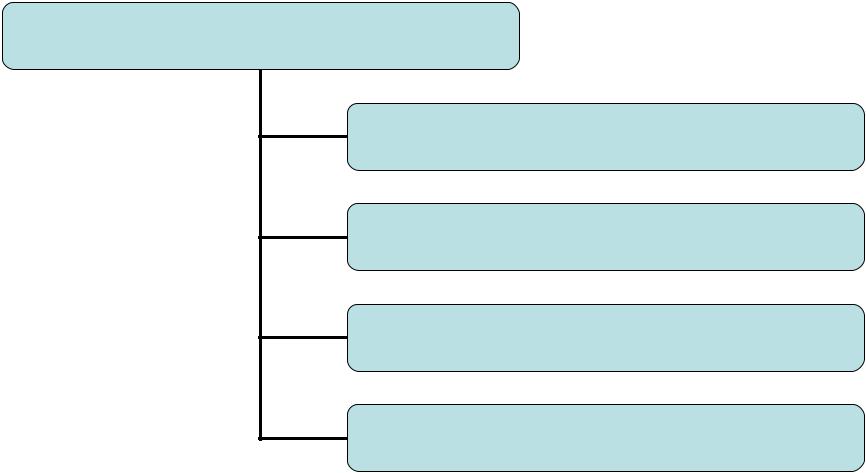
- •Lecture 2.
- •Contents:
- •The two main trends in distinguishing parts of speech:
- ••(1) lexico-grammatical meaning;
- •Notional parts of speech include words which have full lexical meaning, specific stem-building
- •Semi-notional parts of speech include words which have weak lexico-grammatical meaning, no specific
- •Noun is a part of speech which is characterized by the following features
- •As to their meaning:
- •Isomorphic subgroups:
- •Proper nouns
- •Other isomophic groups of nouns:
- •Allomorphism:
- •As to their stem-structure English and Ukrainian nouns are:
- •The category of number:
- •Isomorphic Singularia tantum nouns:
- •Allomorphism:
- •Isomorphic Pluralia tantum nouns:
- •Allomorphism:
- •The category of case of the English noun:
- •The category of case of the Ukrainian noun:
- •The category of gender of the English noun:
- •The category of gender of the Ukrainian noun:
Lecture 2.
TYPOLOGY OF THE NOUN AS A PART OF SPEECH
Contents:
1.Parts of speech: criteria of distinguishing.
2.Typological classes of English and Ukrainian nouns.
3.Stem structure of English and Ukrainian nouns.
4.Morphological categories of the noun:
a)the category of number;
b)the category of case;
c)the category of gender;
d)the category of definiteness and indefiniteness (See Korunets, pp. 211-213).
The two main trends in distinguishing parts of speech:
1.Structuralists proceed from the function and distribution (position of the word in relation to other words in speech) of the language unit.
2.Traditional linguists insist on considering not only structural, but also semantic criteria in classifying words into parts of speech. The list of criteria includes:
•(1) lexico-grammatical meaning;
•(2) typical stem-building elements;
•(3) combinability with other words in speech;
•(4) typical function in the sentence;
•(5) grammatical categories or paradigm.
Notional parts of speech include words which have full lexical meaning, specific stem-building elements, various functions in the sentence, specific for the particular morphological class.
They are seven in English and Ukrainian: noun, adjective, pronoun, numeral, verb, adverb, stative – іменник, прикметник, займенник, числівник, дієслово, прислівник, слова категорії стану.
Semi-notional parts of speech include words which have weak lexico-grammatical meaning, no specific stem-building elements, functions of linking or specifying elements.
The English article is missing in Ukrainian. The
rest of semi-notional words are all common: conjunctions, prepositions, modal words, particles – сполучник, прийменник, модальні слова, частки.
Noun is a part of speech which is characterized by the following features in English and Ukrainian:
•(1) lexico-grammatical meaning of substance;
•(2) typical stem-building elements: suffixes -acy (democracy), -ance (alliance), -ion (delegation), -dom (freedom), -er/yer/eer/ier/ar/or (worker, lawyer, auctioneer, cashier, beggar, sailor), -ty (loyalty), -ness (sweetness), -hood (childhood), -ics (politics), -ism (feudalism), -ity (reality), -ment (management), -ship (friendship) -ard/art (sluggard), -ster (youngster) etc.;
•(3) combinability with adjectives (a beautiful girl/гарна дівчина), possessive and demonstrative pronouns (John’s/this pen/ручка Джона/ця ручка), other nouns (stone wall/відро яблук), prepositions (in front of John/ біля тину) and verbs (to read a book/читати книгу; the book is being read/книгу читають);
•(4) functions of subject or object in a sentence (John loves Mary/ Джон кохає Мері);
•(5) categories of number and case

As to their meaning:
Nouns
Common Proper

Isomorphic subgroups:
Common nouns
concrete nouns abstract nouns
nouns of emotional and rational states nouns of materials
nouns of natural phenomena collective nouns

Proper nouns
names/nicknames of people/ nationalities
family names
geographic names
names of companies, newspapers, journals etc.
